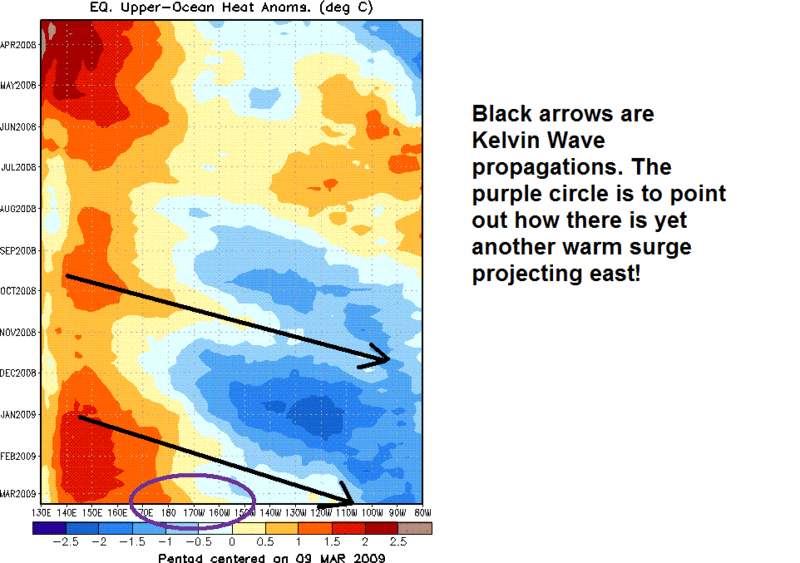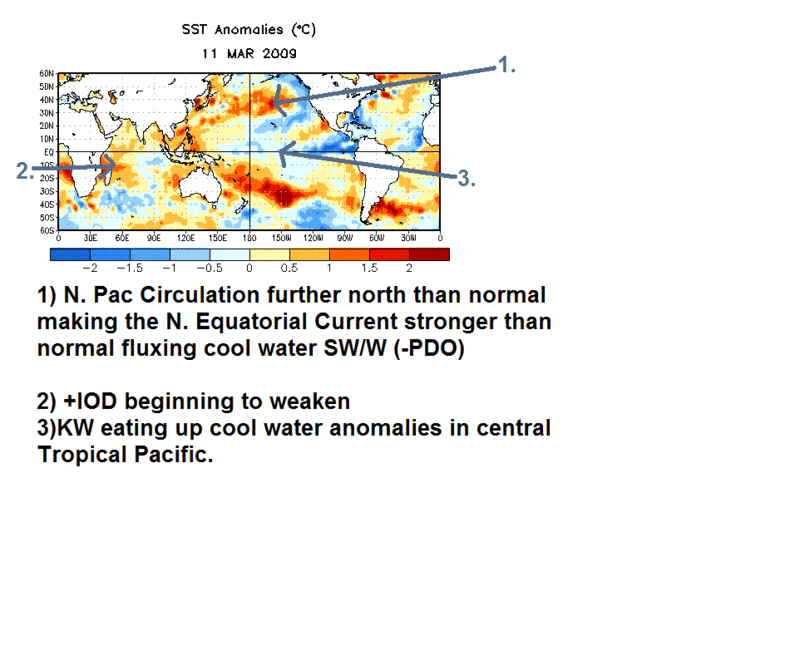DavidS
Anti-Tea Party Member
5 foot snow drifts!!! LOVE IT!
URGENT - WINTER WEATHER MESSAGE
NATIONAL WEATHER SERVICE HONOLULU HI
335 PM HST FRI APR 10 2009
...WINTER WEATHER ADVISORY FOR BIG ISLAND SUMMITS...
.A PERSISTENT UPPER TROUGH NEAR KAUAI WILL SEND BANDS OF MID- AND
HIGH-LEVEL MOISTURE OVER THE BIG ISLAND TONIGHT AND SATURDAY...
BRINGING PERIODS OF SNOW TO THE SUMMITS AND UPPER ELEVATIONS OF
THE BIG ISLAND.
HIZ028-111445-
/O.EXT.PHFO.WW.Y.0008.000000T0000Z-090412T0400Z/
BIG ISLAND SUMMITS-
INCLUDING...MAUNA LOA AND MAUNA KEA ABOVE 8000 FEET
335 PM HST FRI APR 10 2009
...WINTER WEATHER ADVISORY NOW IN EFFECT UNTIL 6 PM HST
SATURDAY...
THE ROAD TO THE BIG ISLAND SUMMITS REMAINS CLOSED TO THE
PUBLIC...WITH PARK RANGERS REPORTING SNOW DRIFTS AS HIGH AS 5
FEET. PERIODS OF SNOW AND RAIN WILL CONTINUE THROUGH SATURDAY...
AND THE WINTER WEATHER ADVISORY HAS BEEN EXTENDED.
PRECAUTIONARY/PREPAREDNESS ACTIONS...
A WINTER WEATHER ADVISORY MEANS THAT PERIODS OF SNOW...SLEET...OR
FREEZING RAIN WILL CAUSE TRAVEL DIFFICULTIES. BE PREPARED FOR
SLIPPERY ROADS AND LIMITED VISIBILITIES...AND USE CAUTION WHILE
DRIVING.
URGENT - WINTER WEATHER MESSAGE
NATIONAL WEATHER SERVICE HONOLULU HI
335 PM HST FRI APR 10 2009
...WINTER WEATHER ADVISORY FOR BIG ISLAND SUMMITS...
.A PERSISTENT UPPER TROUGH NEAR KAUAI WILL SEND BANDS OF MID- AND
HIGH-LEVEL MOISTURE OVER THE BIG ISLAND TONIGHT AND SATURDAY...
BRINGING PERIODS OF SNOW TO THE SUMMITS AND UPPER ELEVATIONS OF
THE BIG ISLAND.
HIZ028-111445-
/O.EXT.PHFO.WW.Y.0008.000000T0000Z-090412T0400Z/
BIG ISLAND SUMMITS-
INCLUDING...MAUNA LOA AND MAUNA KEA ABOVE 8000 FEET
335 PM HST FRI APR 10 2009
...WINTER WEATHER ADVISORY NOW IN EFFECT UNTIL 6 PM HST
SATURDAY...
THE ROAD TO THE BIG ISLAND SUMMITS REMAINS CLOSED TO THE
PUBLIC...WITH PARK RANGERS REPORTING SNOW DRIFTS AS HIGH AS 5
FEET. PERIODS OF SNOW AND RAIN WILL CONTINUE THROUGH SATURDAY...
AND THE WINTER WEATHER ADVISORY HAS BEEN EXTENDED.
PRECAUTIONARY/PREPAREDNESS ACTIONS...
A WINTER WEATHER ADVISORY MEANS THAT PERIODS OF SNOW...SLEET...OR
FREEZING RAIN WILL CAUSE TRAVEL DIFFICULTIES. BE PREPARED FOR
SLIPPERY ROADS AND LIMITED VISIBILITIES...AND USE CAUTION WHILE
DRIVING.










































 idiot
idiot